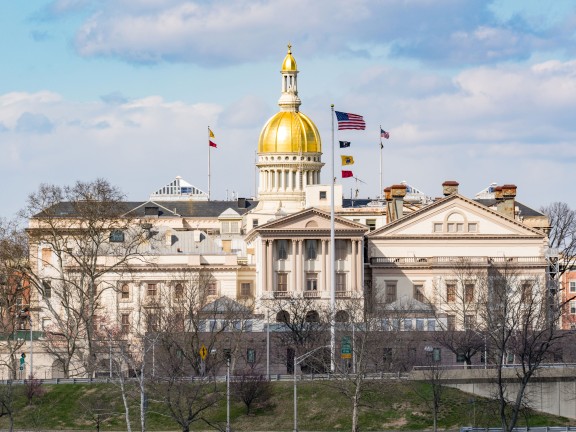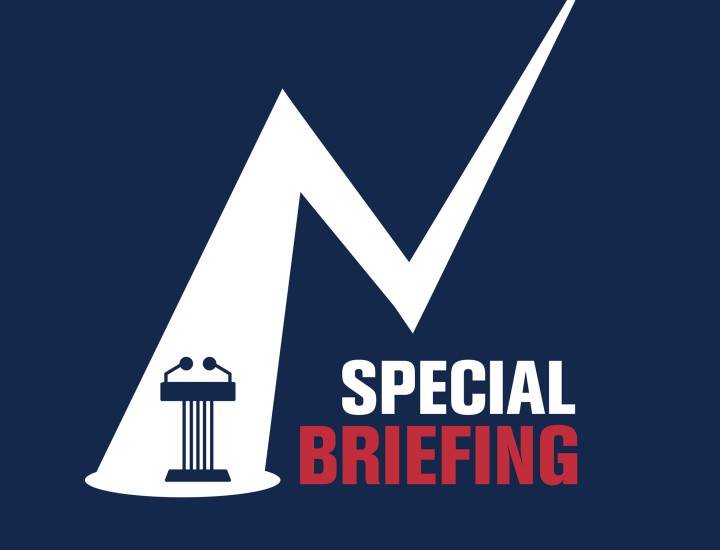Glasgall Testifies on NJ Budget Forecasting

William Glasgall, Volcker Alliance senior vice president and director of state and local initiatives, testified on July 23 before the New Jersey Senate Budget and Appropriations Committee on a proposed constitutional amendment aimed at improving the state’s revenue forecasting method.
Although twenty-nine states rely on revenue forecasts derived from multiple sources—typically the governor, legislature, and, sometimes, outside economic experts—New Jersey is not one of them; it uses a binding estimate provided by the governor. “While the Office of Legislative Services currently provides a separate revenue forecast, the governor has the final say under state law,” observes Glasgall.
The Volcker Alliance has identified consensus-type revenue forecasts as a best practice in reports including Truth and Integrity in State Budgeting: What Is the Reality (2017), maintaining the practice allows policymakers to focus more on spending decisions instead of arguing about potential revenue sources.
New Jersey Senate President Stephen Sweeney recently introduced a measure calling for a constitutional amendment to mandate consensus revenue forecasting in the state. To get on the ballot as a proposed constitutional amendment, the measure must be approved by at least a sixty percent majority of each legislative house, or by a simple majority in each house in two consecutive legislative sessions. A bill proposing consensus revenue forecasting was vetoed by former Governor Chris Christie in 2014.
The state of New Jersey scored among the lowest of all fifty states in the Volcker Alliance’s assessment of budgeting practices in several of five key areas: Budget Forecasting, Budget Accounting, Legacy Costs, Fiscal Reserve Funds, and Transparency. The Garden State received an average grade of D in Budget Forecasting for the fiscal years of 2015 through 2017. Only four states got lower grades; Alabama, Illinois, Kansas, and North Dakota all receive a D-minus for the period, the lowest possible. More details on the budget grades for all fifty states are available on the Volcker Alliance’s Budget Report Cards and State Budget Data Laboratory.


